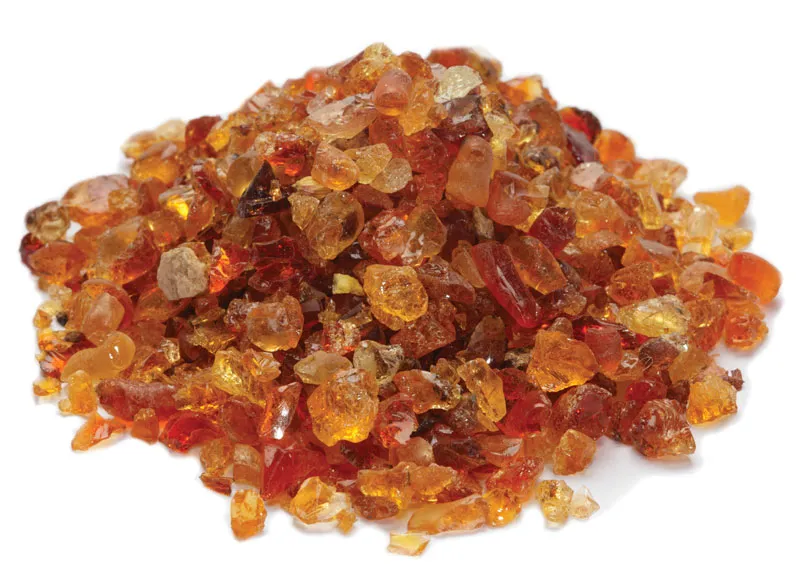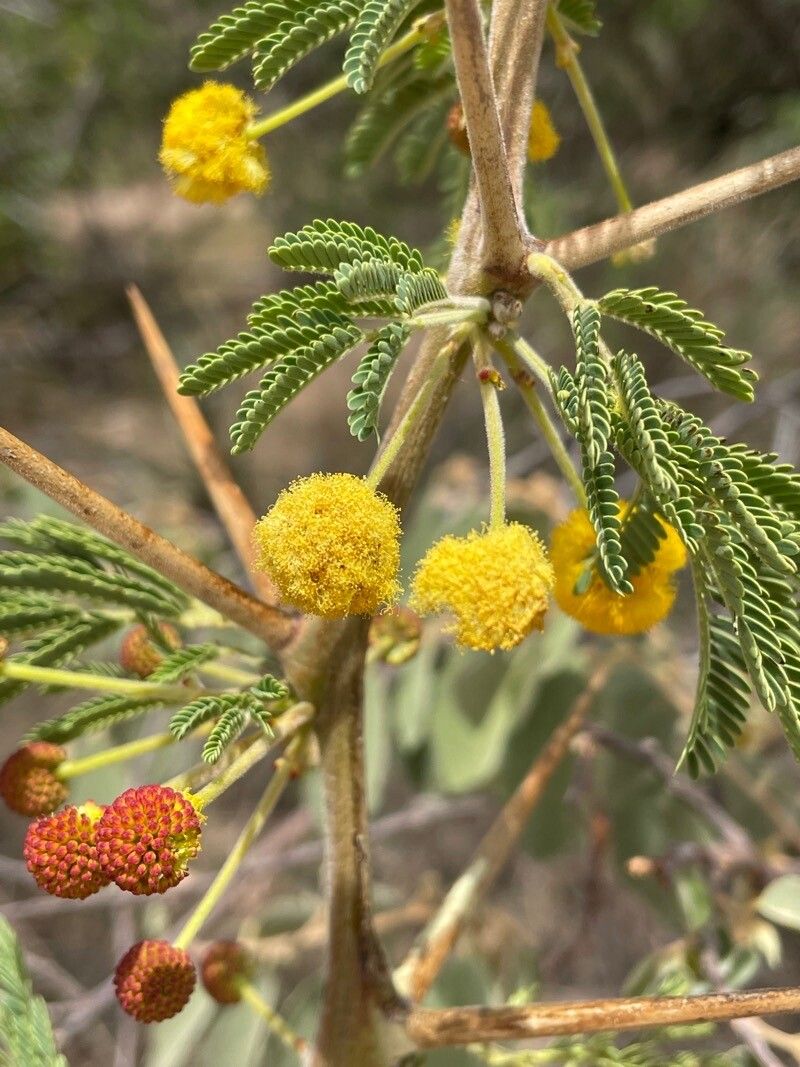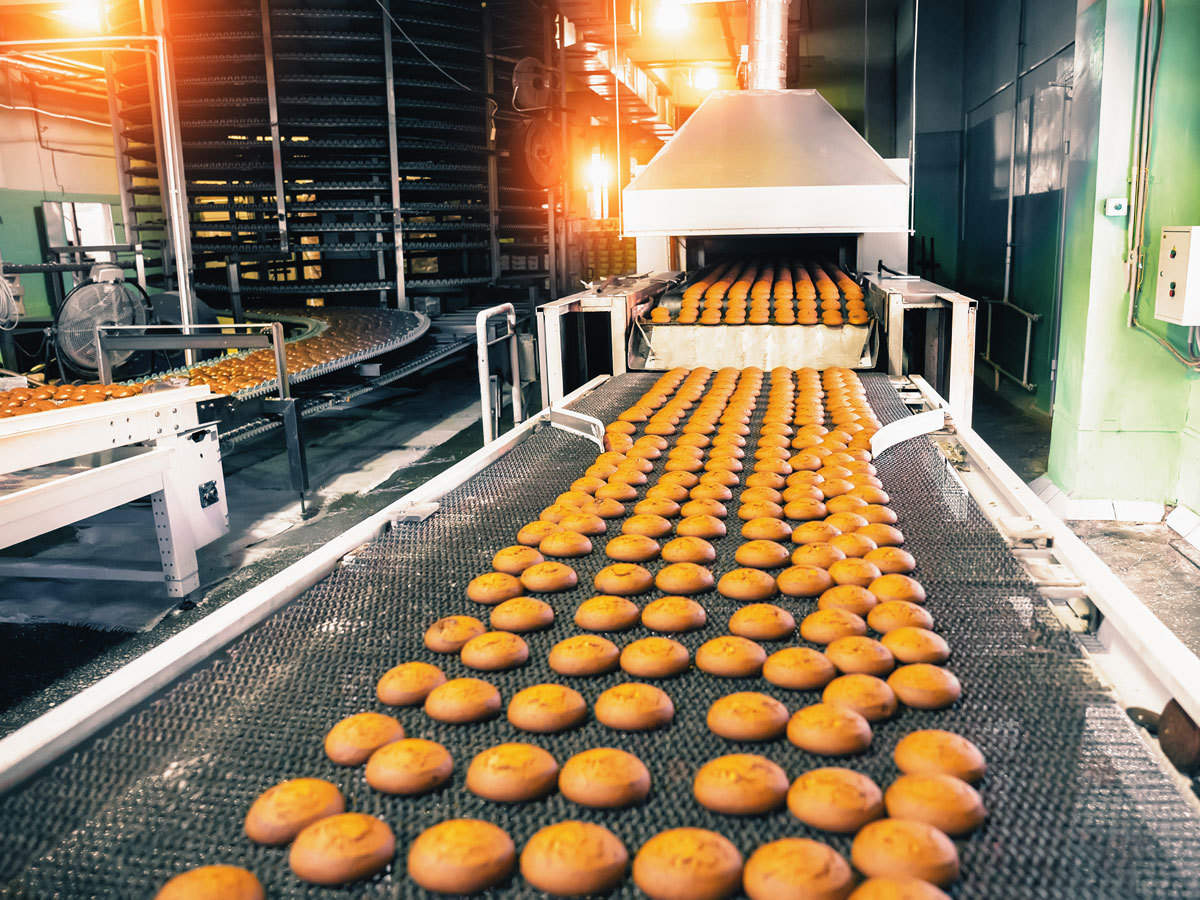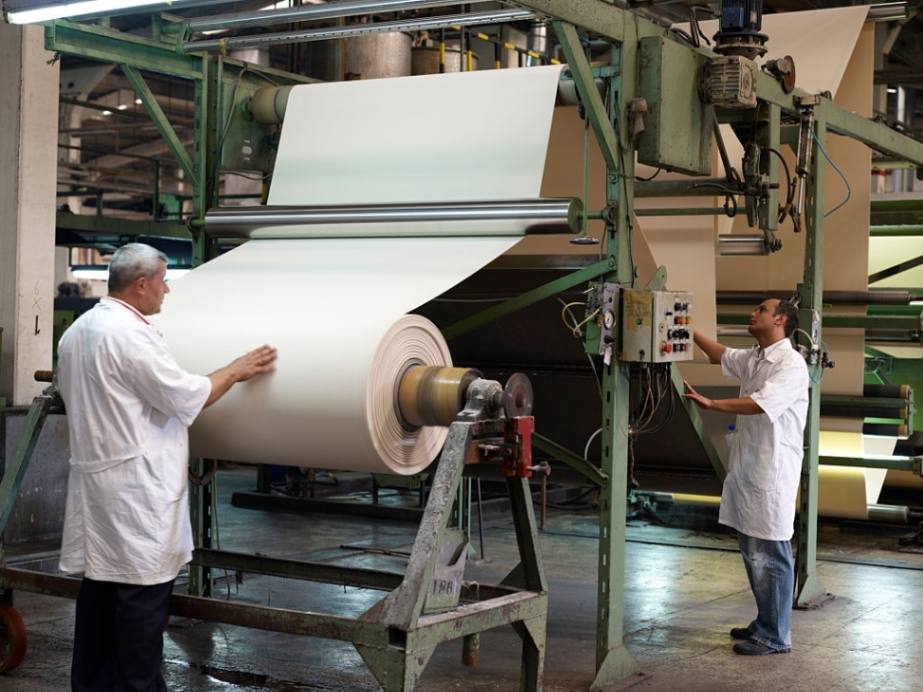
Introduction
Gum Arabic, or Gum Acacia, is a unique natural gum with multifaceted functionalities. It is widely used in the food and pharmaceutical industry for its industry-leading microencapsulation and stabilizing properties. Our commitment is to deliver top-quality gum Arabic while focusing on sustainable, ethical sourcing and providing bespoke customer service.
Origins and Harvesting
Gum Arabic, also known as Acacia gum, is sourced from the Acacia Senegal and Acacia seyal trees, primarily found in the Sahel region of Africa. The color of the gum can vary from pale to orange-brown, influenced by the tree type and environmental conditions.
Local harvesters traditionally collect the gum during the dry season and undergo natural drying processes before reaching our facilities.

Chemical Properties and Solubility
Gum Arabic, a complex mix of polysaccharides and glycoproteins, is distinguished by its remarkable solubility properties. It is completely soluble in both cold and hot water, forming solutions with over 50% concentrations. Its solubility decreases with increasing proportions of alcohol to water, becoming nearly insoluble in 60% alcohol. Good grades of Arabic produce almost colorless and tasteless solutions. Chemically, it is a complex calcium, magnesium, and potassium salt of Arabic acid, with a main backbone chain of D-galactopyranose units and various side chains, including D-galactopyranose and D-arabofuranose. The molecular weight is approximately 250,000. This exceptional solubility and chemical complexity make Gum Arabic a versatile ingredient in numerous applications.








